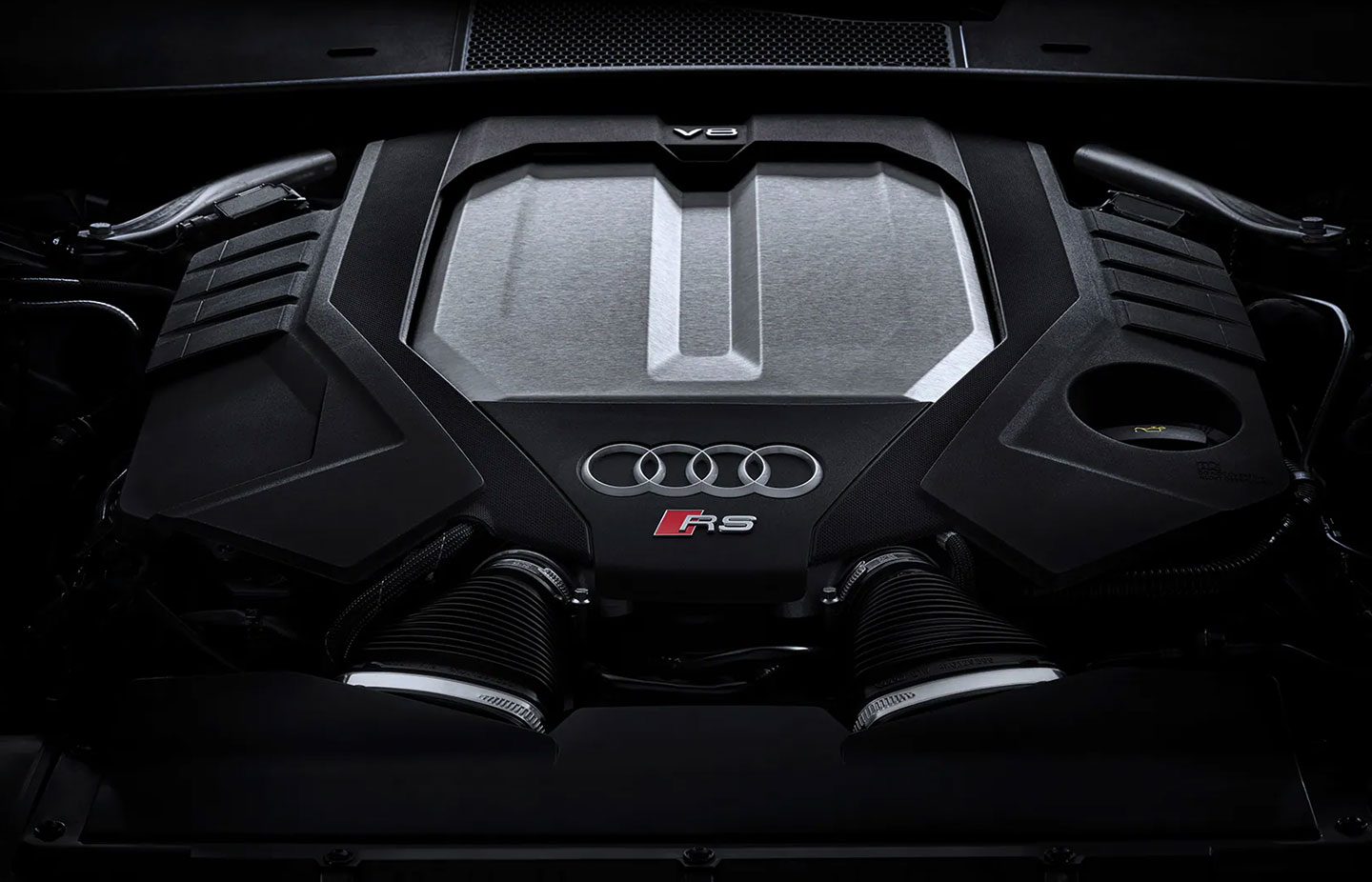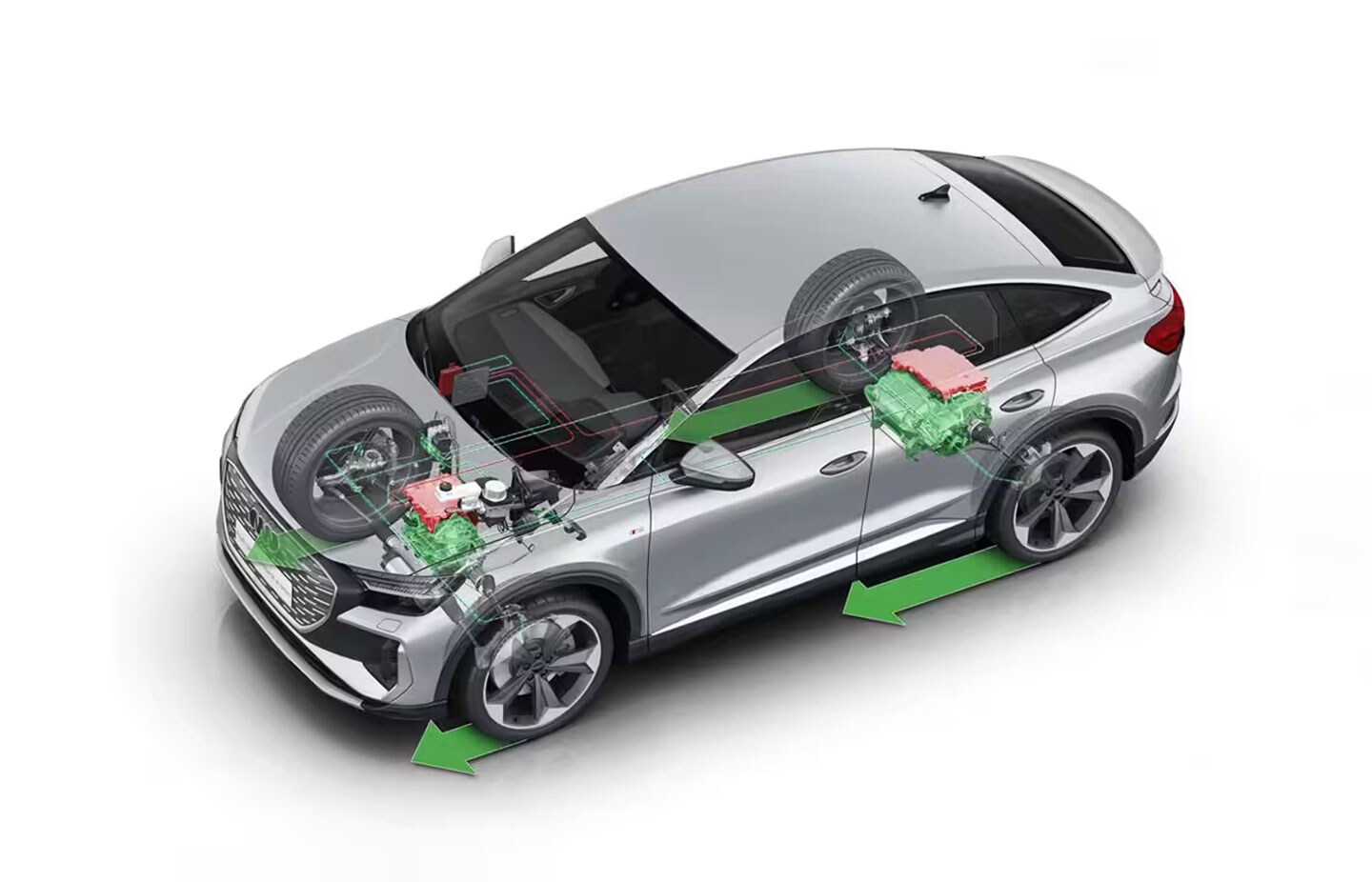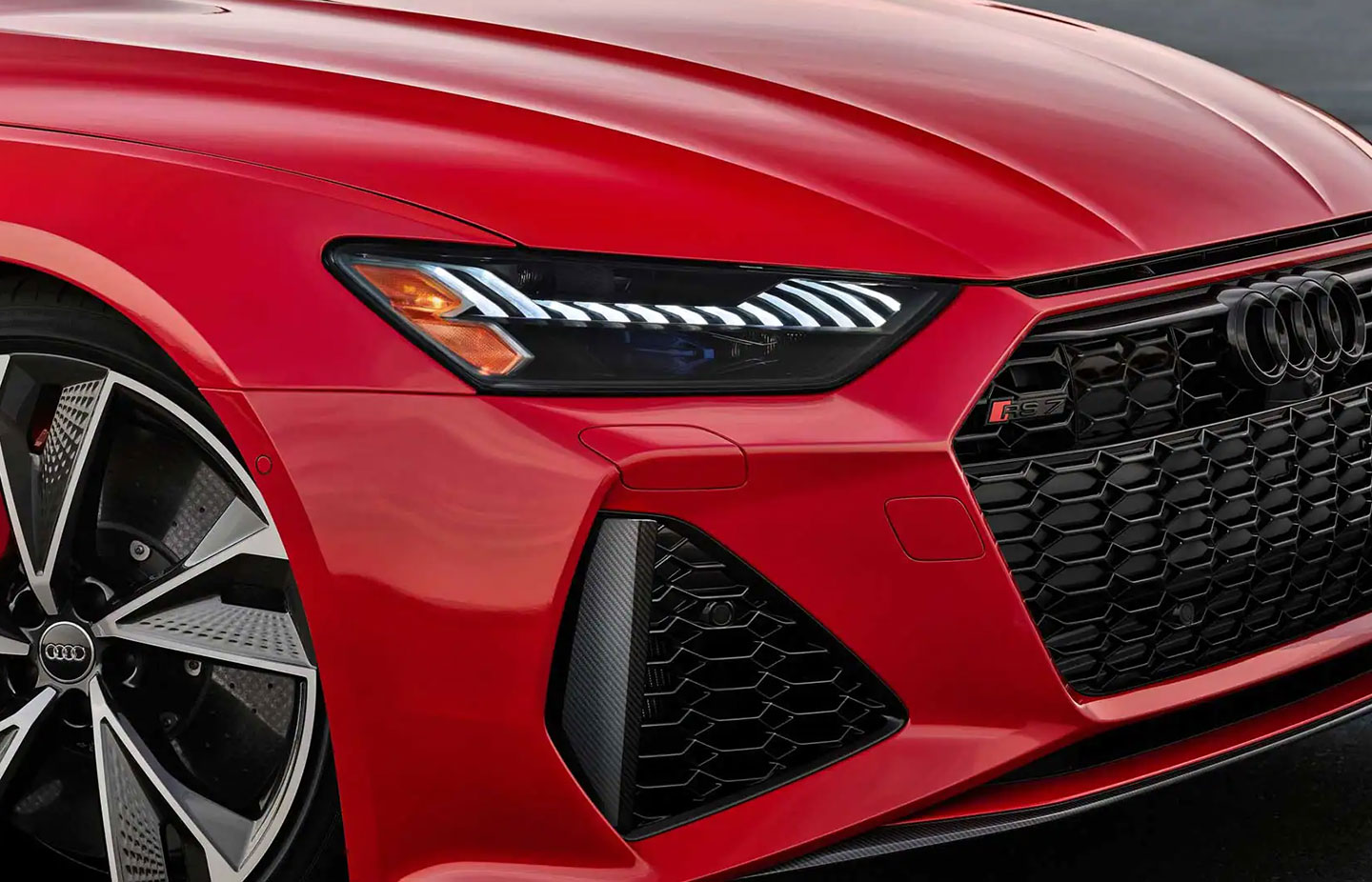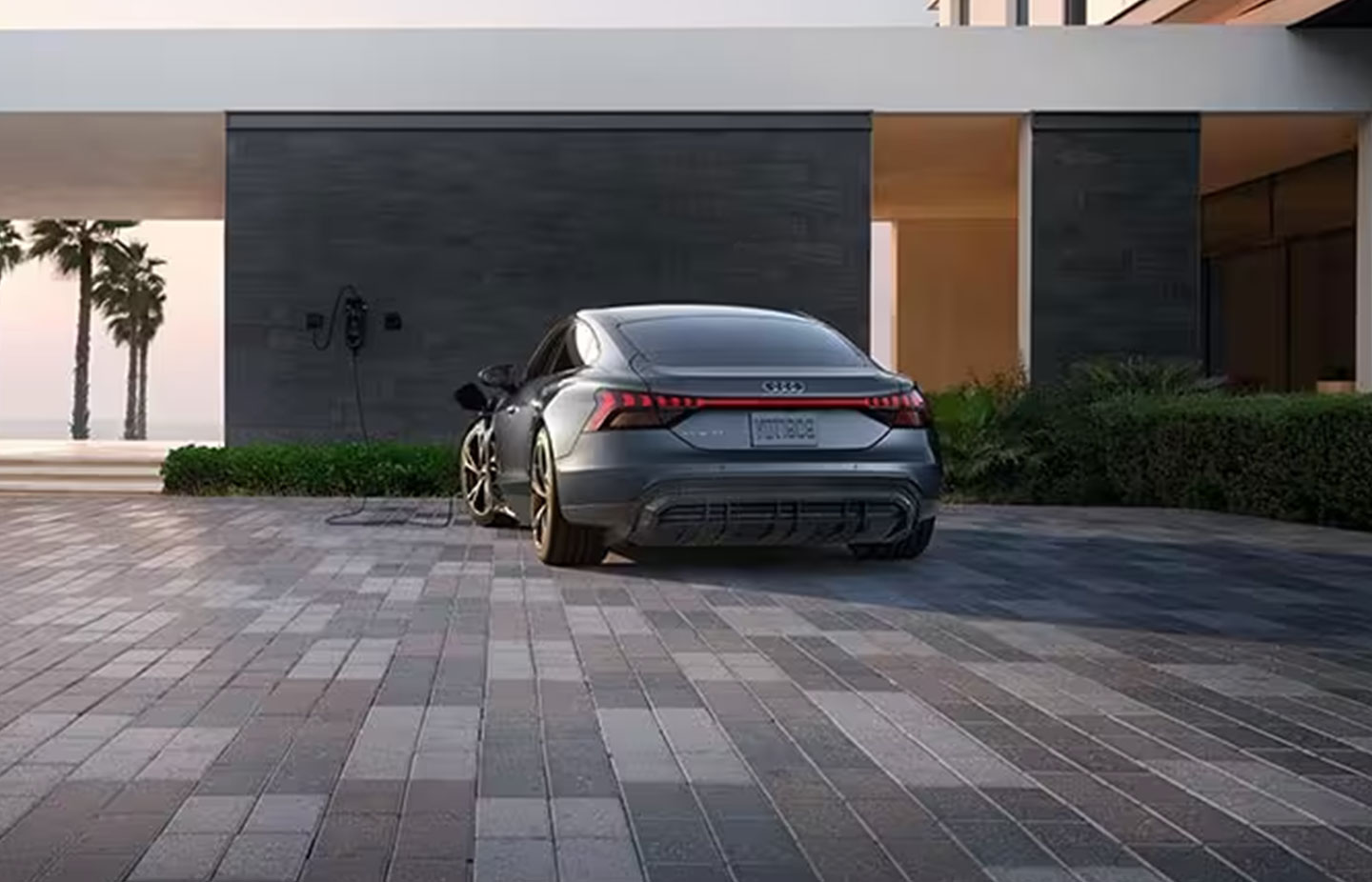View
Driving an Electric Vehicle
The 3 vehicles that I drove at an industry event were a Nissan Leaf, a Chevrolet Bolt and a BMW i3, not exactly known as high-performance machines, yet when I got back in my supposedly high-performance Subaru WRX, it felt noisy, slow, and unresponsive. This notion was reinforced when I drove a Tesla for the first time a few months later. My next car HAD to be electric!
James Carter
Futurist and Principle Consultant
Vision Mobility
If you're a long-time car enthusiast who drove high-performance internal combustion engine vehicles, you will be shocked when you drive an EV for the first time. You will notice how quiet, yet powerful they are. With the first pump of acceleration, the torque reveals the unexpected power.
Unlike an internal combustion engine vehicle, the BEV motor emits only a quiet whirr, and having no accompanying noise with strong acceleration is quite a surprise. Electric motors have 100% of their maximum torque off the line, unlike an IC vehicle which takes time to build up power as engine speed increases. This results in strong acceleration from a standing start, which most drivers really appreciate, and typically the performance stays strong until well beyond the highway speed limit.


In place of an engine and transmission, BEVs have a relatively small motor with a large, heavy battery packaged under the floor of the passenger compartment, which centralizes the mass low down in the body. This results in stable, predictable, and nimble handling with minimal body roll, which is especially important in an emergency accident avoidance situation.
Electric motors also allow for much more precise control of the wheels. Electronics can do a much better job of lessening wheel spin or controlling skids on a slippery road. For enthusiast drivers, this glued-to-the-road handling is a real delight, and everyone will appreciate the added safety buffer, particularly in winter driving conditions.
Regenerative braking is another feature in battery electric vehicles that may be new to some drivers. Simply, regenerative braking converts kinetic (motion) energy into usable energy to charge the battery. So while you lift off the accelerator and slow the car, the energy is recovered and stored in the battery. The amount of force can be adjusted in most EVs by setting or modulating pressure on the accelerator.
Many BEVs take this a step further with a feature called One Pedal Driving, including Audi's models. Lifting off the accelerator will slow and bring the car to a complete stop. It will not creep forward, like in most vehicles with an automatic transmission. Essentially, the driver does not need to touch the brakes, except in a situation where slowing beyond the regenerative braking rate of deceleration is required, such as in an unexpected traffic situation.


While at first, one-pedal driving does take some getting used to, most drivers find it very convenient.
For most people, driving an Internal Combustion vehicle after spending a while in a BEV is a revealing experience. The pickup feels sluggish, the motor is noisy, and the handling is unresponsive. It's similar to comparing your Nokia phone from 20 years ago with the latest iPhone. Although it still works, the technology and the capability are noticeably different.
One test drive and you won't go back.